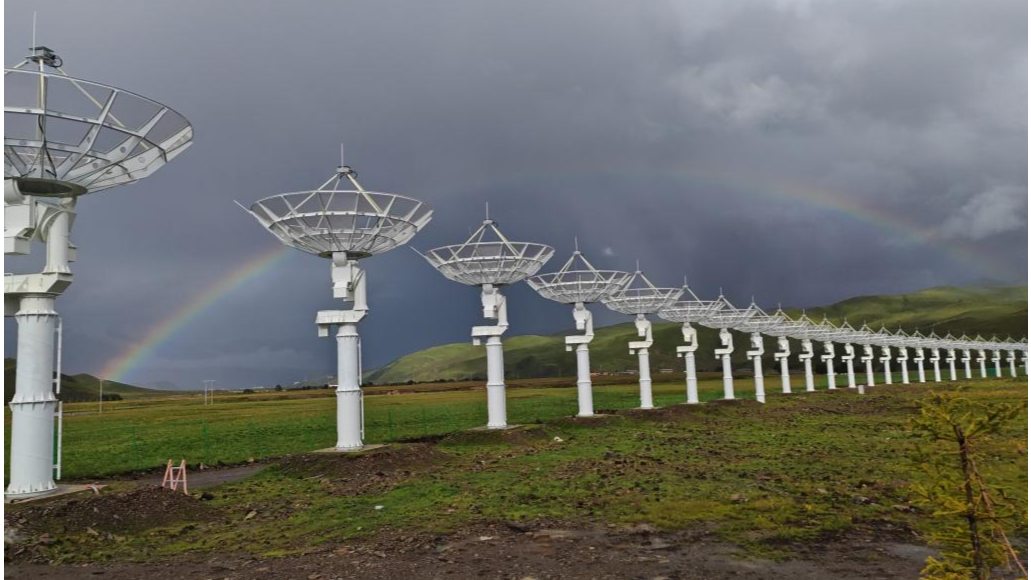
BEIJING — China has built a mid-latitude high-frequency radar network in the country's northern regions to provide high-quality detection data for global space weather forecast and warning.
The first batch of scientific detection results of the network was released at an international workshop of the Super Dual Auroral Radar Network (SuperDARN), which opened in Beijing on Monday.
The ionosphere is home to all the charged particles in Earth's atmosphere. It's also home to many spacecraft including the space stations. Ionospheric irregularities can disrupt signals, scientists say
The network, constructed by the National Space Science Center (NSSC) under the Chinese Academy of Sciences, was completed in October 2023. It's also a part of the second phase of China's Meridian Project, a space weather monitoring network comprising ground-based stations.
READ MORE: China to launch solar probe to unexplored L5 point in 2026
China has made new breakthroughs in high-frequency coherent scattering radar technology and scientific research, and will deepen international cooperation in this field, said NSSC.
The ionosphere is home to all the charged particles in Earth's atmosphere. It's also home to many spacecraft including the space stations. Ionospheric irregularities can disrupt signals, scientists say.
Six high-frequency coherent scattering radars were set up in Jilin province, Inner Mongolia autonomous region and Xinjiang Uygur autonomous region in northern regions of China.
READ MORE: Satellite launch marks start of China's space plans for 2024
The SuperDARN is also one of the main international organizations participating in the International Meridian Circle Program proposed by China
This high-frequency radar chain achieves large-scale continuous detection of ionospheric irregularities in mid and high latitudes of the Asian sector. The detection range can reach 4,000 km from south to north, and the east-west span exceeds 12,000 km, according to NSSC.
The high-frequency radar chain is expected to join the SuperDARN, a global network of scientific radars monitoring conditions in the near-Earth space environment, and realize real-time data exchange and sharing with databases in the United Kingdom and Canada.
The SuperDARN, which has members from a dozen of countries including the UK, the United States, Canada, Japan, China, France, Italy, Norway, Australia and South Africa, is also one of the main international organizations participating in the International Meridian Circle Program proposed by China.


